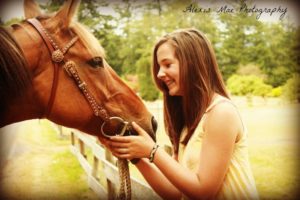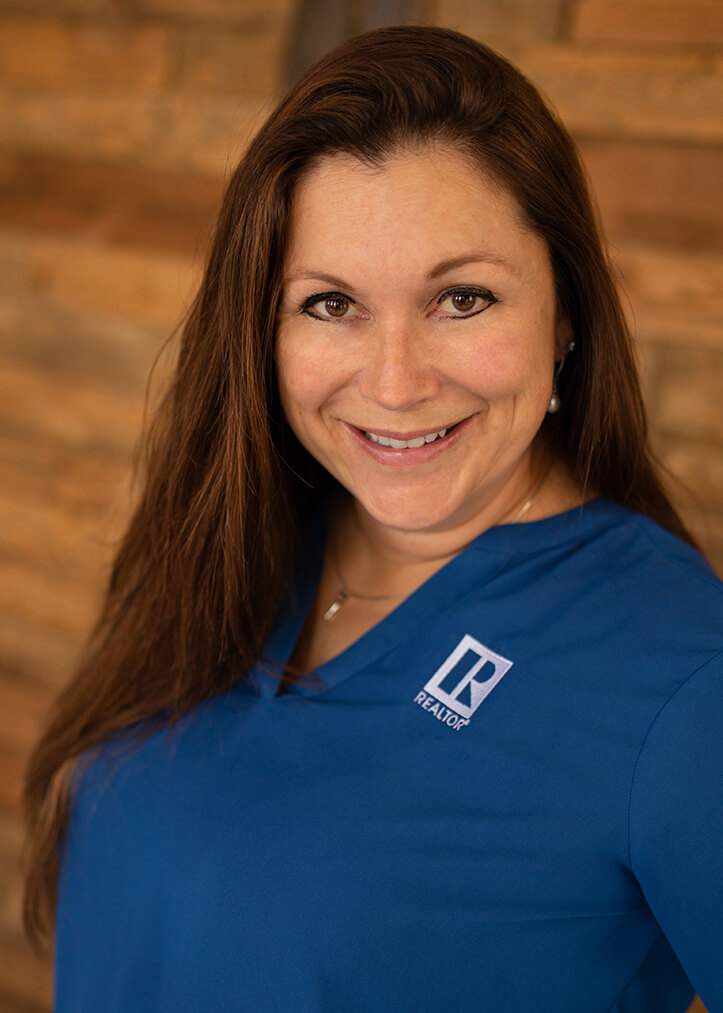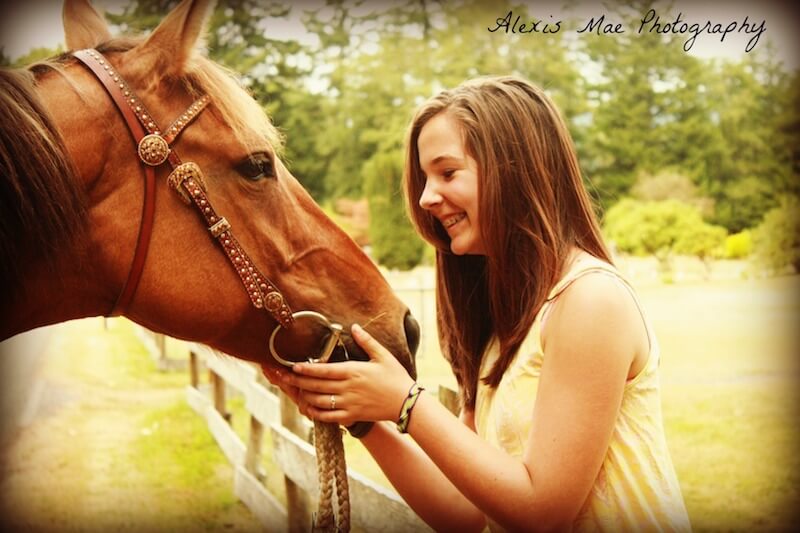Discover the Root of Many Common Behavioral Issues
by Allison Trimble, Willfully Guided Horsemanship

I get a lot of questions about addressing behavioral issues. The problems vary from the overly aggressive horse, to the horse that is scared of everything. Horses come in two basic categories: dominant and timid. It is important to know which classification a horse is, but even more crucial is to know that the end goal is the same for either disposition of horse. Your method of getting a balanced, confident, willing horse will differ dependent on his nature, but your target is the same. Horses do best in a relationship that is clearly defined. Pecking order and boundaries are key elements in their comfort. A cranky, resistant, or a scared horse all tell us the same thing; “I am not certain of my place in this relationship.”
People often try to fix these issues at home, without professional help. Professionals develop a way with horses that simply comes from complete emersion in the environment. For the layperson, this can take a lot more concerted effort. A challenging reality of working with horses is that everything is always the human’s fault, be it positive or negative. Horses are a mirror of their circumstances, and give a flawless reflection of their human. That is a lot of responsibility; however, it is also a beautiful opportunity. I find that the disconnect in the relationship often comes from a misunderstanding, or lack of understanding of horse behavior on the part of the human. Here are some things to remember when working with your horse:
From the moment you enter your horse’s bubble of awareness, you are impacting, or training him. This is true for every horse, for the entirety of his life. To a horse, everything is connected. It is often an issue long before climbing in the saddle, which causes a stumbling block while riding. They do not differentiate in the type of contact. I know you may have heard this a hundred times, but it is still the place I see the most people go wrong. Be aware of your horse’s demeanor from that initial moment. Be present so that you may observe and correct the nuances. No different than in raising a child, consistency in boundaries is paramount. Remember that with a horse it is during all your interactions, not only when you are “training” in your mind.
The goal is not to desensitize the horse. We do not wish for him to be unresponsive to stimuli. The goal is to sensitize him to the desired cues. There is great distance between those two realities. Everything is built on the concept of pressure and release. We are building a framework of pressure surrounding the desired outcome, and release when the response is correct. This can be easy when focusing on a training maneuver while riding. For example, asking a horse to yield to the leg. Where it is more complicated is to maintain that in all interactions. If at any time a horse is allowed to not give to pressure, or to push back to pressure, that begins to undermine the entire pressure and release concept and there will begin to be behavioral or training issues that emerge.
He who controls the feet of the other, is the dominant one, or the leader. We do groundwork, and roundpen work not to tire or exhaust the horse, but to control his feet using our energy. Regardless of the task, be aware of that relationship. Is your horse controlling your feet, or are you controlling his? Contact initiation is another boundary to maintain. I think of it this way. I can touch my horse whenever and wherever I want. I sensitize him to that reality. He is not welcome to initiate contact with me, ever. Often people see the type of contact as the same, but in the mind of the horse, they are very different. In one instance they are below you in pecking order, and in the other they are above you. Something as seemingly inconsequential as who initiates even the smallest contact can undermine your relationship with a horse.
If you are having a behavioral issue with your horse, step back and take a good hard look at your interaction with him. Where is the place that the boundary lines are fuzzy, and how can you improve your role? Seek help, if need be. Feedback from someone more experienced can help you effectively “see” where things are going wrong.
Published September 2013 Issue

Allison Trimble is a Realtor® specializing in equestrian properties, farm and ranch properties, and residential real estate. She’s a former horse trainer, and a current owner, breeder, and non-pro competitor in cow horse and reining events. For many years, Allison wrote a monthly column for The Northwest Horse Source.
Learn more at www.allisonblakerealestate.com






